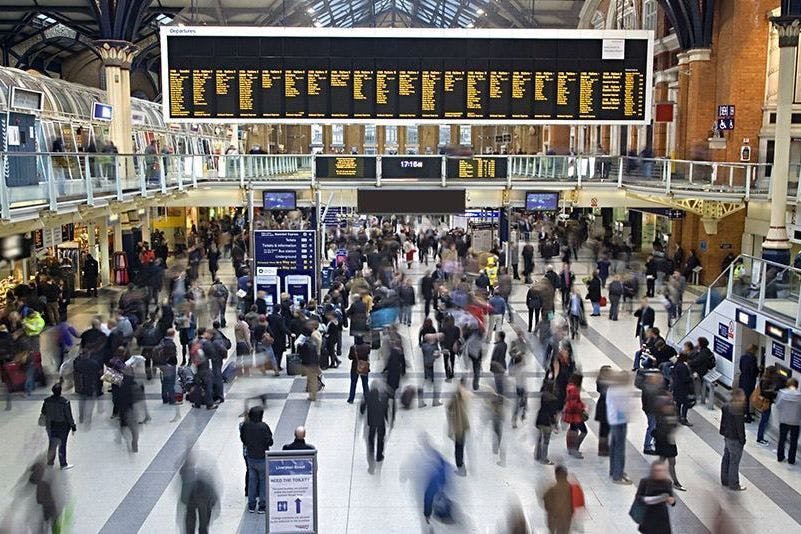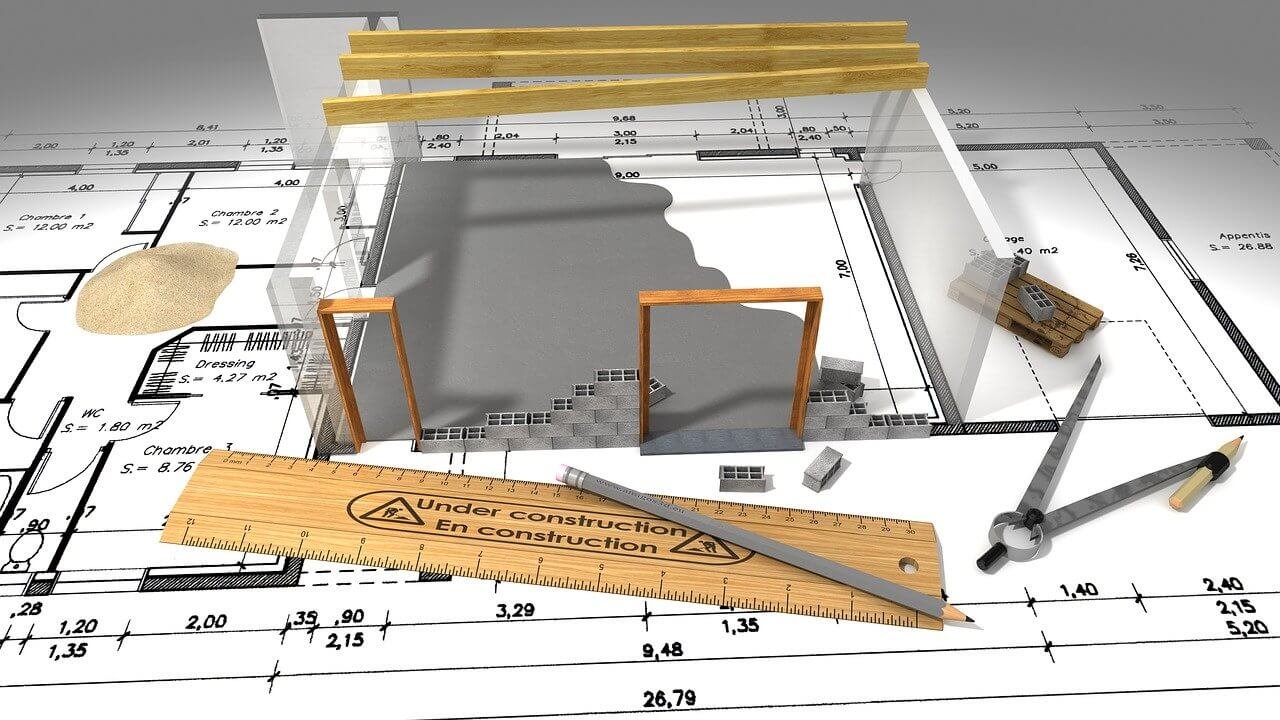Cities and their Psychology, how neuroscience affects urban planning?
Cities, have a long-term reputation of being epicenters of culture, politics, and industry that owes cohesive social networks facilitated by their concentrated infrastructure. With the majority of humans now living in cities, it the necessary to look for the impact on neural functions and well-being. From a society perspective, cities catalyze movements and inventions, making them important to human society. We have often thought of cities in terms of high buildings or iconic streets and people, it people who guide the visions of cities across all possible parameters of influence.
The economic and cultural growth is defined by human effort and the infrastructure and the lives are led based on human aspirations. Therefore, it can be said that the cities are seen as the scaffolding that supports and holds human activities. Many city representatives like architects, engineers, urban planners are seeking to attract and retain talent must pay close consideration to the quality of the spaces provided.

With neuroscience, we now have an opportunity to think about concepts like productivity and quality of life from a human biological perspective. Theories like ‘human-centric’ city planning help us to move a step further in the 21st century and we are hence defining neuroscience as a multidisciplinary branch of biology and is the scientific study of the brain and nervous system.
Architects, urban planners, city planners, and engineers have proposed city plans to make cities prosperous, industrious, and more lively places to live. In the book, ‘The Death and Life of a Great American City’, urban theorist, Jance Jacobs has highlighted four qualities, mixed land use, small blocks, high density, and diverse architecture, stating that it might be redundant for neuroscience to comment from a perspective.
Our cities are increasing in density and sprawl with increased urbanization, with combined factors like increased noise, reduced natural space, and economic market.
So what is Neuroscience?
Neuroscience is a multidisciplinary branch of biology and is the scientific study of the brain and nervous system. The study of the mind, without reference to brain function, has a very long transition in the field of experimental psychology. To explore the full impact of neuroscience on how humans interact with the built environment, we collaborate findings from experimental psychology, mental health research.
Why does it make sense to use Neuroscience in the built environment?
Humans adapt to their environments according to their needs to ensure survival and these changes and adaptations we impose on our environment have been from an immediate point of safety and culture. The adaptation only ensures immediate survival as water is an essential element to all living life, and has an opportunity to create more complex habitats as cities.
The level of sophistication of our adaptations is driven by the type of technology and science available to us at any given time. Cities are places where people are live, reproduce, create their own lifestyle, and grow old. So, the neuroscience here is what we perceive, how our brain develops, how we think, and how we solve the problem. Thus, it makes sense to use neuroscience to better understand the relationship between people and their physical world, providing insights to address questions related to mental health, sense of a place impacted by city expansions, do variables in demographics for the ones with visual impairments and use sensorial information differently.
Despite the incredible human ability to adapt, we definitely face a human crisis in cities. Both urban and rural environments are complex ecosystems with variables and it would be an oversight to assume city life. Cities are places of health and human prosperity, and we must consider start taking action sooner rather than later.

How to Improve City life?
People:
- Enhance social cohesion
- Increase the user experience of cities across demographics.
- Create new places/ spaces that support human productivity.
- Increase the engagement of the city at a lower human cost.
Infrastructure:
- Equitable distribution of infrastructure.
- Increase the mobility across all demographics including the neurologically diverse situations.
- Highlight the effects of environmental stressors.
Business:
- Validate the use and investment support of emerging technology.
- Catalyze the beginning of the new industry.
Further considerations:
- We shall understand the limitations of a built environment effect.
- We should understand the margin of error and the standard deviation of every intervention made in the built environment.
- We should also understand that the physical elements give affordances to certain tasks and actions, and will also guide the neurological behavior.
- A difference between enhancing the user experience of an area and thinking that design will be solutions for societal problems.



